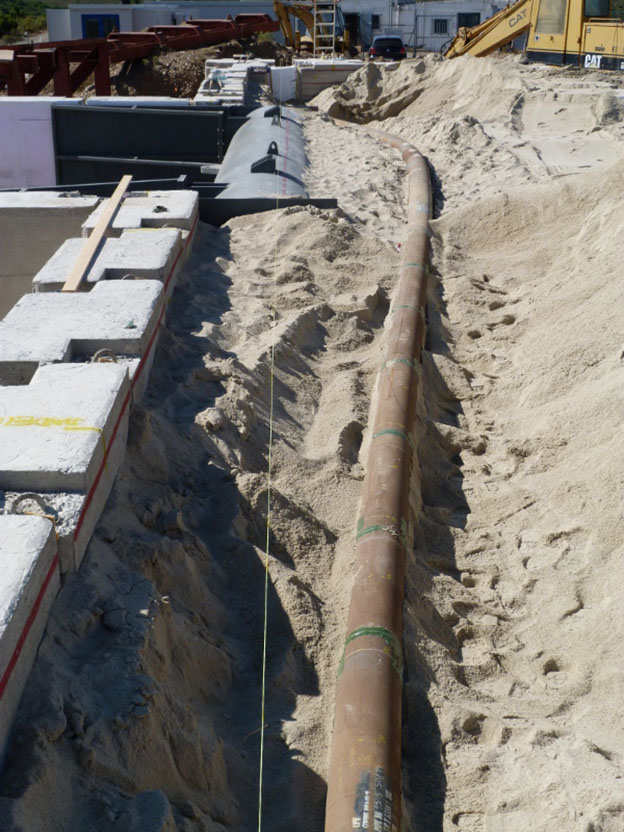The GIPIPE research project investigates the mechanical behaviour and structural integrity of buried steel pipelines, subjected to severe ground-induced permanent action – including tectonic (quasi-static) effects, slope movements, and excavation-induced displacements – using advanced experimental techniques and high-performance numerical simulations. GIPIPE, through a multi-disciplinary partnership, combines geotechnical engineering concepts with pipeline engineering practice, considering the particularities of buried steel pipelines, with emphasis on soil-pipeline interaction effects. The final objective of GIPIPE is the development of a complete set of design guidelines and operational recommendations for buried steel pipelines, in areas where ground-induced actions are likely to occur.

- Including state-of-the-art experimental and numerical research that accounts for all the particularities of buried pipeline behaviour under various soil conditions in a rigorous manner, with particular emphasis on soil-pipeline interaction.
- Covering a wide range of transmission/distribution pipeline applications (oil, gas, water)
- Amending existing pipeline design standards or guidelines for the case of ground-induced actions in a strain-based design framework, and addressing different levels of pipeline serviceability.

- • Large-scale experiments, supported by small-scale tests, to determine pipeline behaviour under various ground conditions and examine the interaction between the soil and the steel pipe.
- • Development of rigorous models for describing soil (cohesive and non-cohesive) behaviour and soil-pipe interaction under various conditions, within a finite element environment, consistent with the experimental results, capable of examining the effects of a wide range of pipe and soil parameters.
- • Determination of failure criteria for buried pipelines for different serviceability levels, in terms of pipeline importance, inspectability and type of content.
- • Development of a well-calibrated analysis methodology for the simple and efficient stress analysis of buried pipelines, to be used for design purposes.


